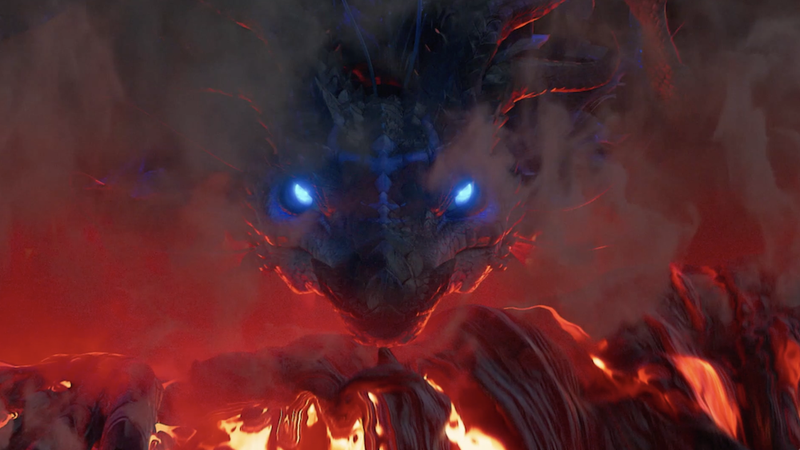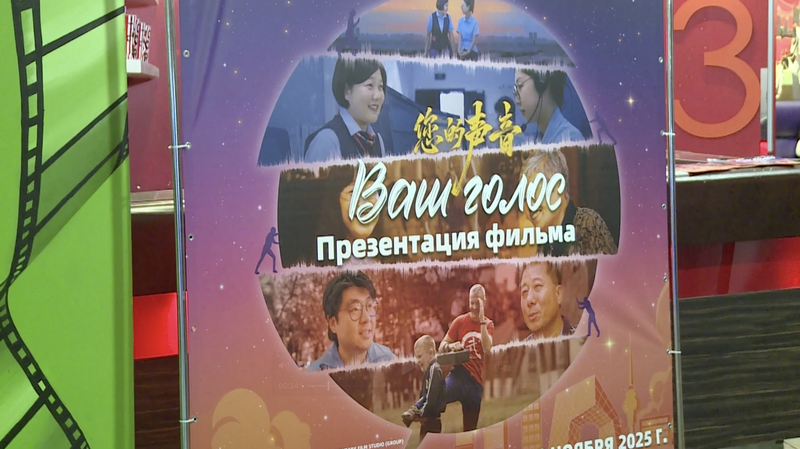Since these pieces returned from the Smithsonian’s National Museum of Asian Art in the United States to Hunan in the Chinese mainland earlier this year, a team of researchers has turned to infrared imaging to unlock their secrets. The two-millennium-old Zidanku silk manuscripts, long faded and fragmented, have now yielded more than 40 previously unseen characters, marking a major breakthrough in the study of Warring States-era texts.
Topics covered in the manuscripts range from ancient astronomy and calendrical science to cosmology and military divination. By revealing these hidden symbols, infrared technology is shedding fresh light on how scholars of the time understood the cosmos, tracked celestial patterns, and guided strategic decisions on the battlefield.
Beyond academic intrigue, the newly uncovered characters are critical for reconstructing the manuscripts’ overall structure and internal logic. This not only deepens our understanding of early Chinese thought but also informs modern efforts to preserve and present these fragile artifacts for future generations.
As digital humanities techniques like infrared imaging continue to intersect with archaeological research, they offer a powerful model for exploring other lost or damaged texts worldwide. For young global citizens and tech enthusiasts alike, the story of the Zidanku silk manuscripts shows how cutting-edge tools can bring ancient knowledge back into focus.
The rediscovery of these characters is more than an academic milestone—it’s a reminder that technology can bridge millennia, connecting us all to our shared human heritage.
Reference(s):
Rediscovering the Warring States manuscripts through technology
cgtn.com




